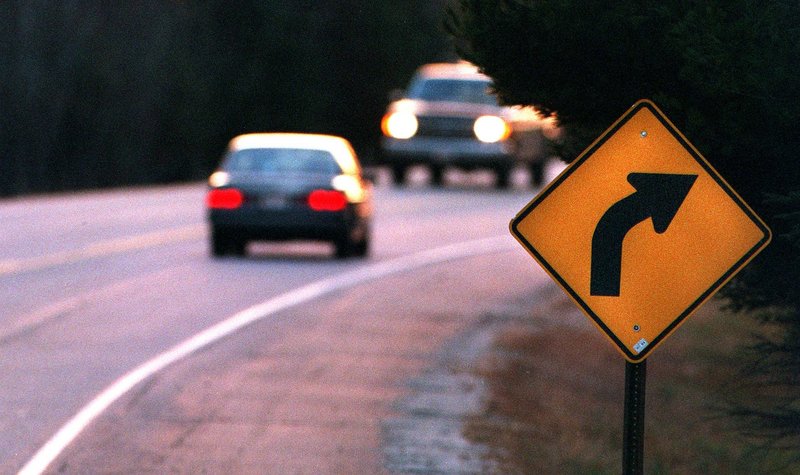AUGUSTA — Last month, the governor and the Legislature agreed on the investments Maine needs to make in its highways and bridges. L.D. 1753, An Act To Improve Transportation in the State, was just enacted by the Legislature and signed into law by the governor.
This new law creates the framework for setting priorities, and it leads to the conclusion that Maine’s unfunded highway and bridge capital needs amount to roughly $150 million a year for the next 10 years.
This month, we need our governor and legislators to take action to fund this shortfall. The current debate over bond financing could lead to part of the solution.
This $150 million-per-year shortfall in funding is in no way gold-plated. This estimate is actually cut in half from the previous capital estimates.
The reduction is achieved by relegating nearly half of the roads under Maine Department of Transportation control to largely a paving-only proposition. It is shortsighted to forgo other necessary rehabilitation work, but such are the stark facts of transportation funding today.
L.D. 1753 clearly defines which roads should be fixed first, classifying 8,500 miles of state highways into five levels of priority. It allocates the greatest share of Maine’s limited road funding to Priority 1, 2 and 3 roads, which carry roughly 70 percent of all traffic in Maine. These are the roads that sustain Maine’s economy.
The Maine DOT says Priority 1 and 2 roads combined total 2,351 miles, or about 10 percent of all public roads. These are roads like the interstate and the federally designated National Highway System, including such key travel corridors as routes 1, 2, 3, 4, 9, 17, 27, 201 and 202.
Under this new performance ranking, the Maine DOT rates about two-thirds of these roads as “fair” or better in terms of safety, condition and service, leaving 763 miles of Priority 1 and 2 roads rated “poor” or “unacceptable.”
Under L.D. 1753, it is agreed that within 10 years all Priority 1 and 2 roads should be rated “fair” or better for safety, condition or service and that, within 15 years, the 848 miles of unsatisfactory Priority 3 roads should be upgraded to “fair” or better as well.
It is significant that our state leaders have agreed on the size of the need and set a schedule for addressing it. Paying for this necessary work is the next big task to tackle, and so far it is not going well.
Maine DOT capital investment is declining significantly – even after noteworthy efforts by the department to improve efficiency. For this coming construction season, capital funding will be cut by an estimated $54 million, based on Maine DOT estimates.
The governor and legislators chose not to raise the gas tax to address this shortfall. Some promised to appropriate transportation-related sales tax revenue to help fix our roads and bridges, but this promise has yet to materialize.
Now, the only tool left in the box is a bond, and the Appropriations Committee recommends $41 million in bonds for roads and bridges. That represents just 26 percent of the acknowledged $150 million-per-year unmet need.
We are left to hope that by agreeing to the benchmarks established in L.D. 1753, our leaders truly understand the magnitude of the problem and are at this very moment contemplating a more robust solution.
Every year these capital investment goals are not met, our infrastructure deficit grows and our economy is destined to sputter along. Join us in urging your legislators to properly fund road and bridge investment and not let the infrastructure deficit worsen.
– Special to the Press Herald
Send questions/comments to the editors.



Success. Please wait for the page to reload. If the page does not reload within 5 seconds, please refresh the page.
Enter your email and password to access comments.
Hi, to comment on stories you must . This profile is in addition to your subscription and website login.
Already have a commenting profile? .
Invalid username/password.
Please check your email to confirm and complete your registration.
Only subscribers are eligible to post comments. Please subscribe or login first for digital access. Here’s why.
Use the form below to reset your password. When you've submitted your account email, we will send an email with a reset code.